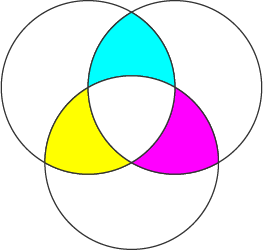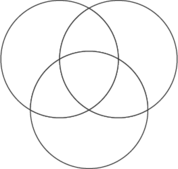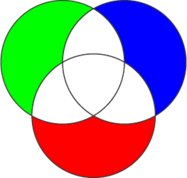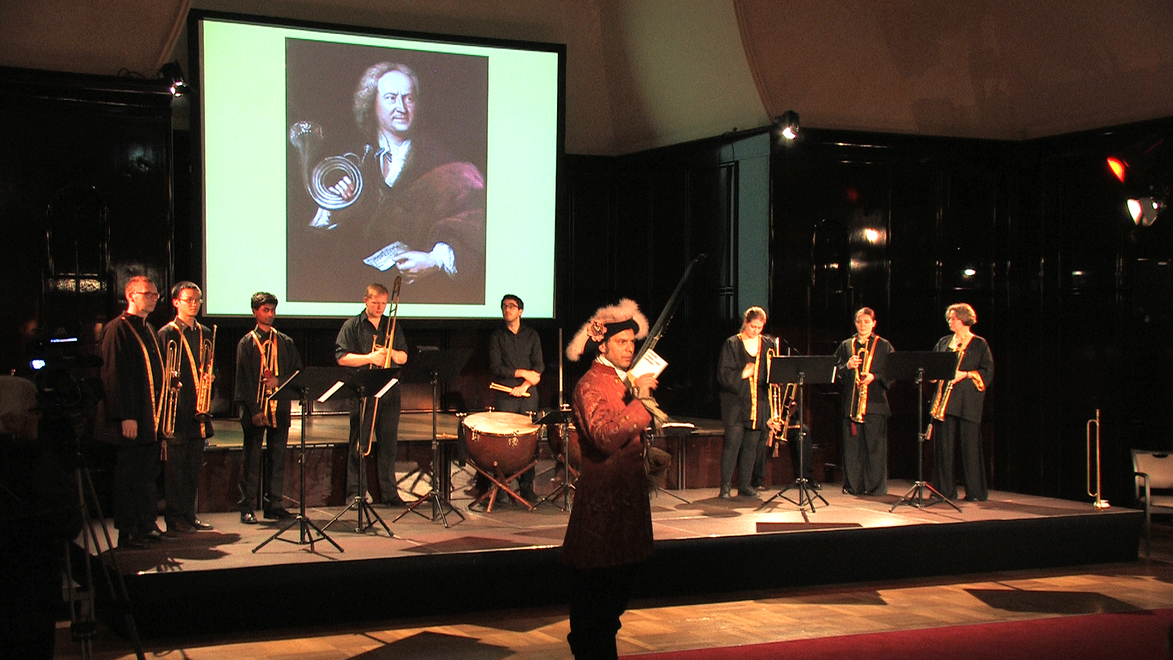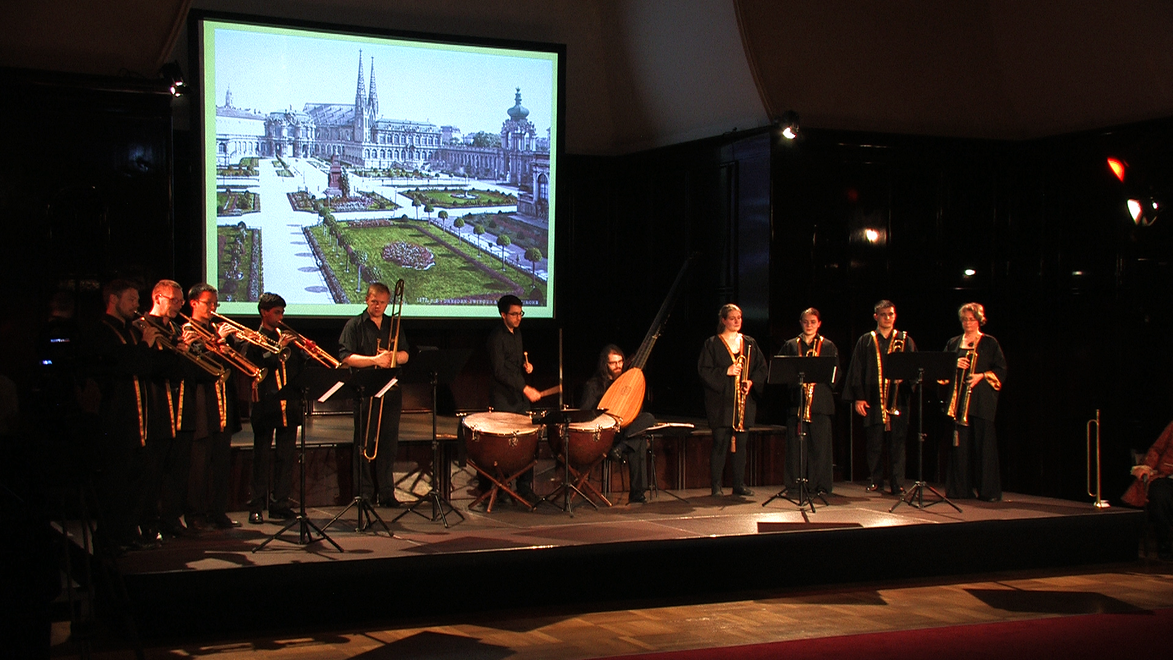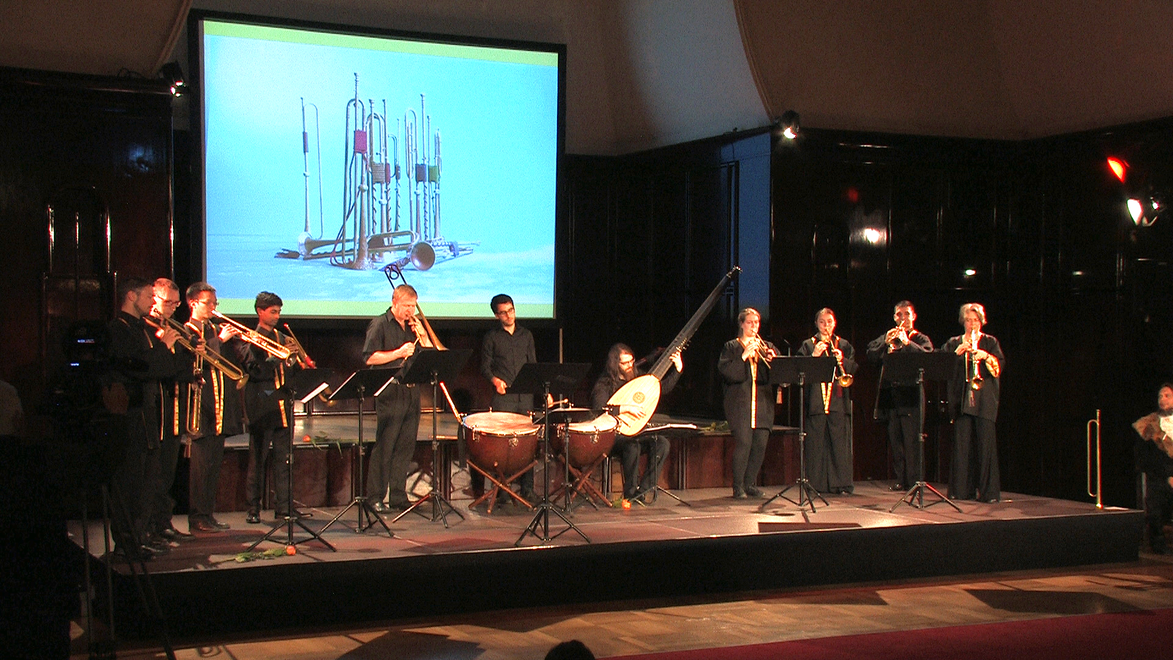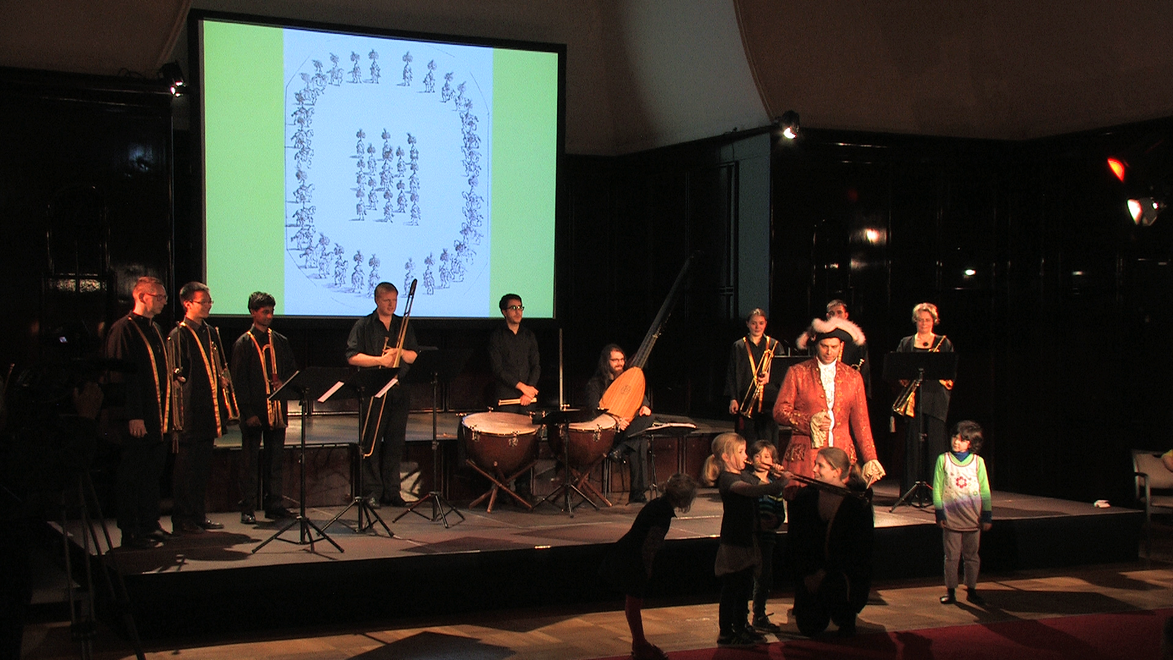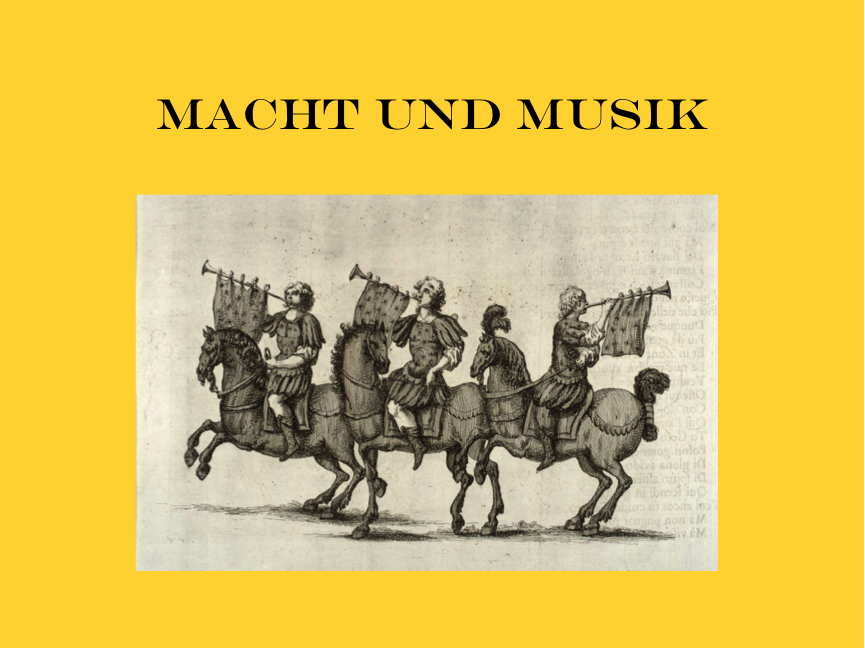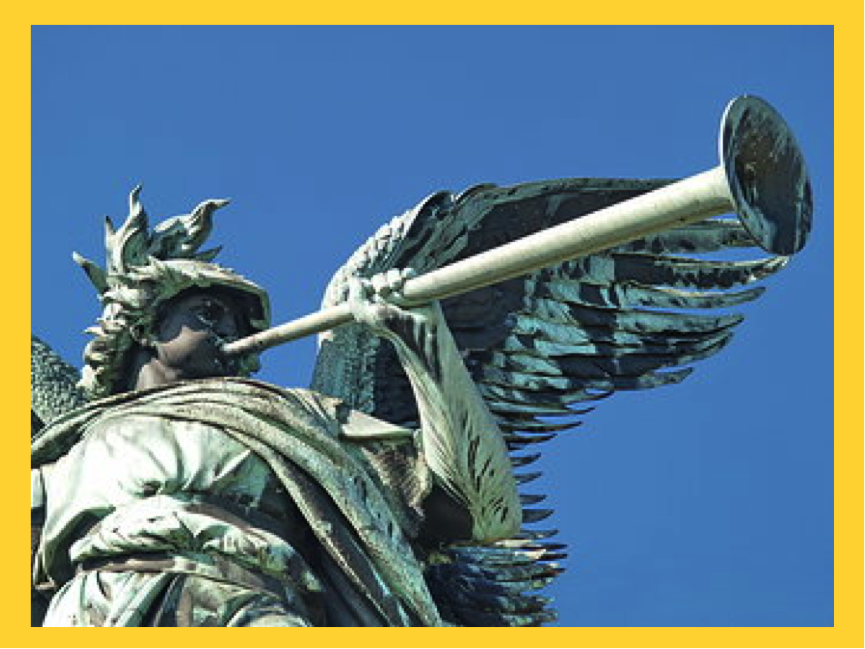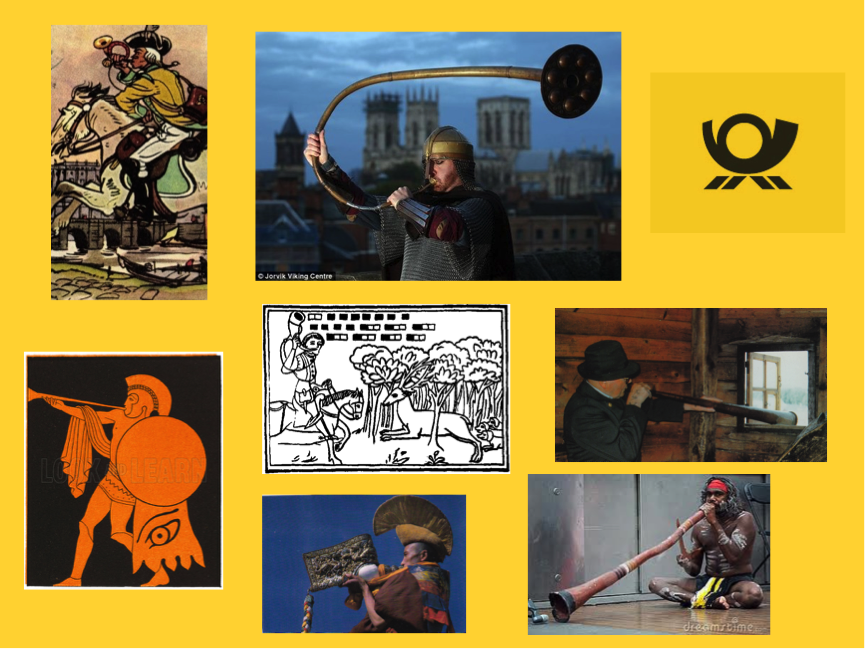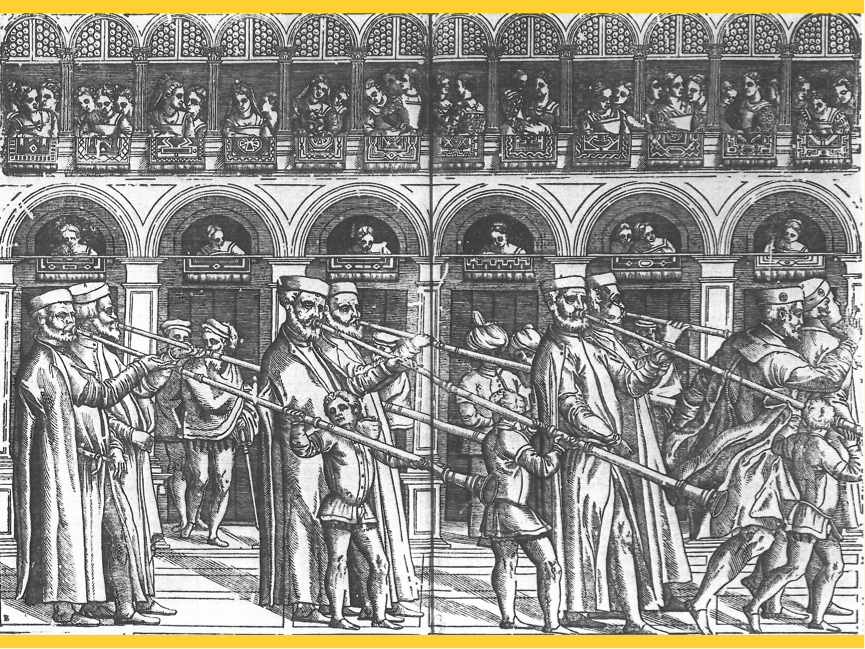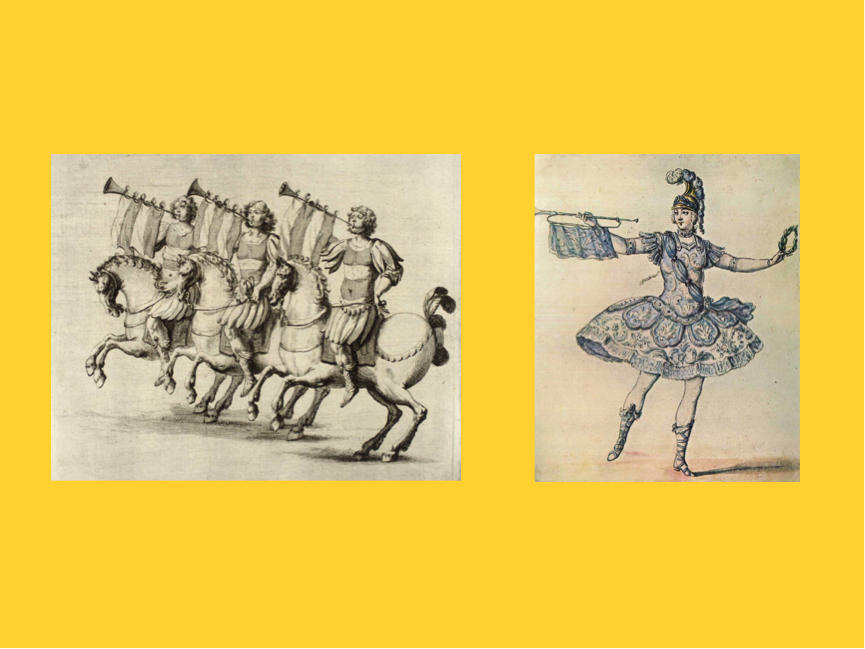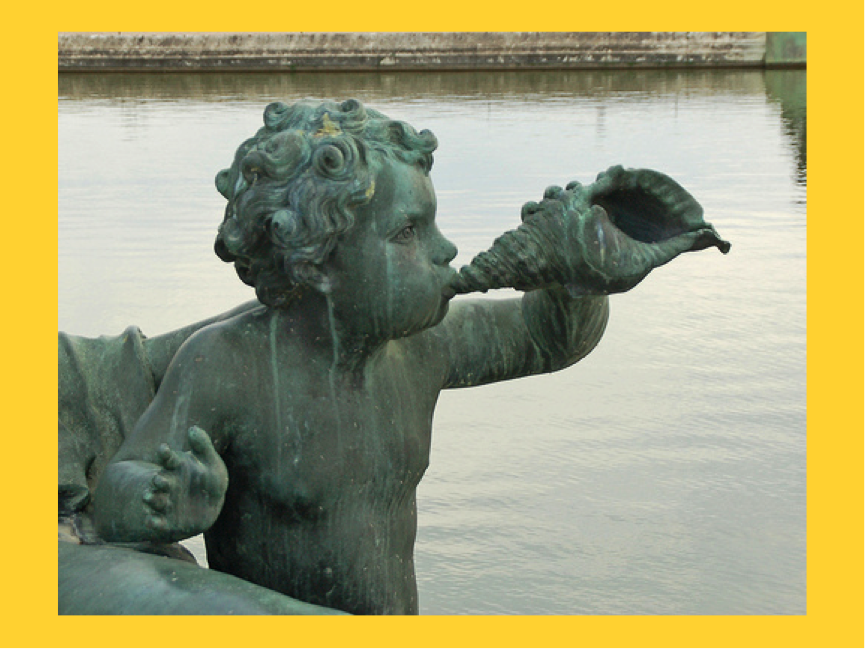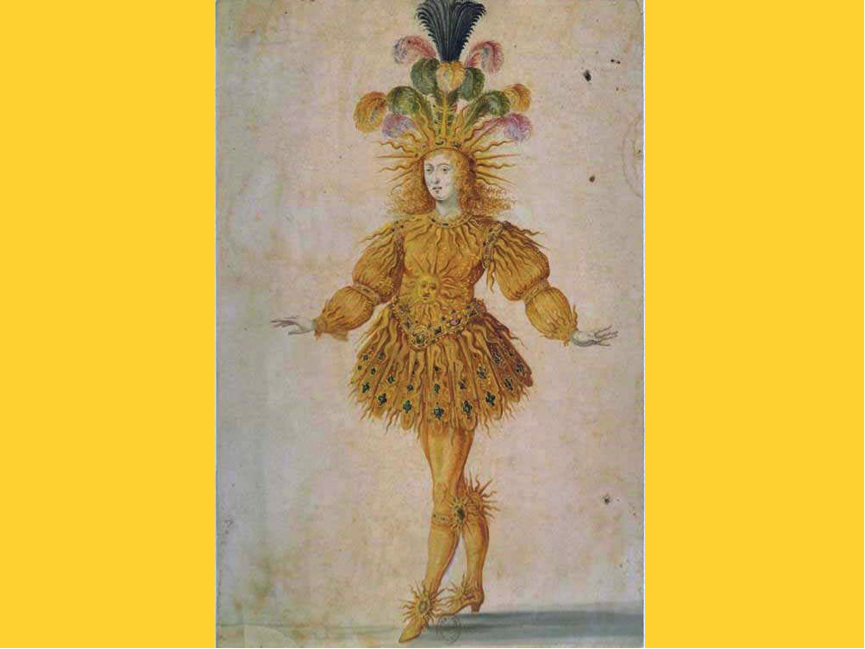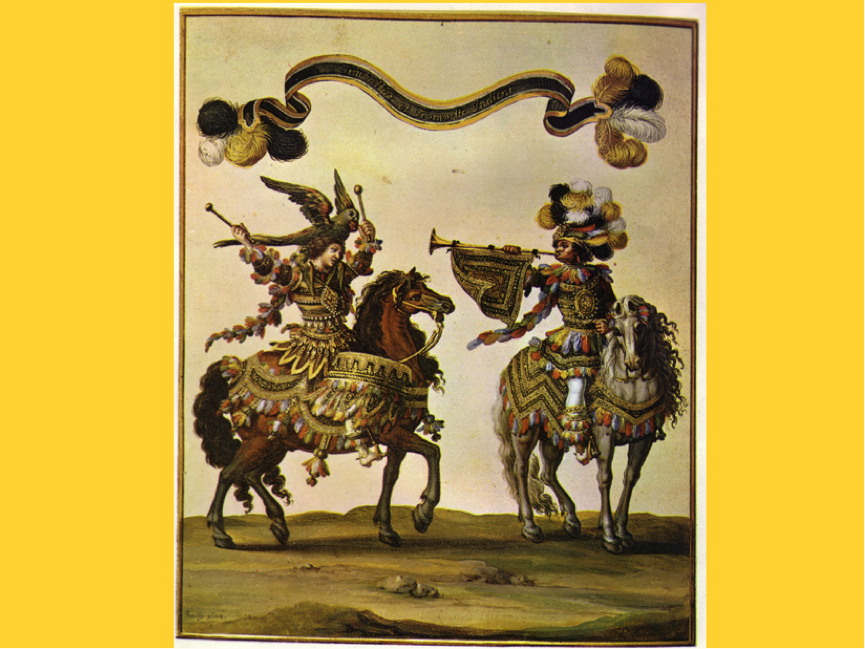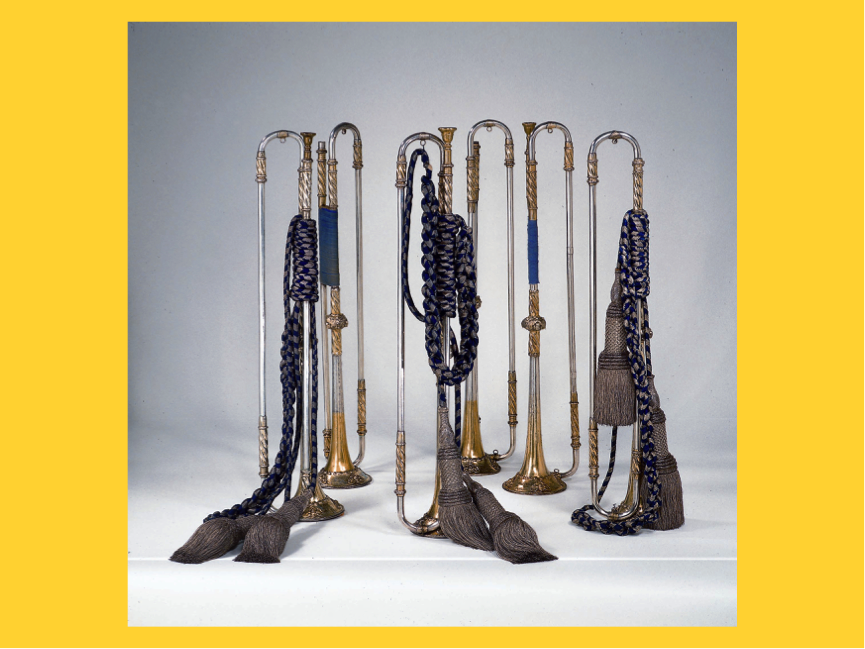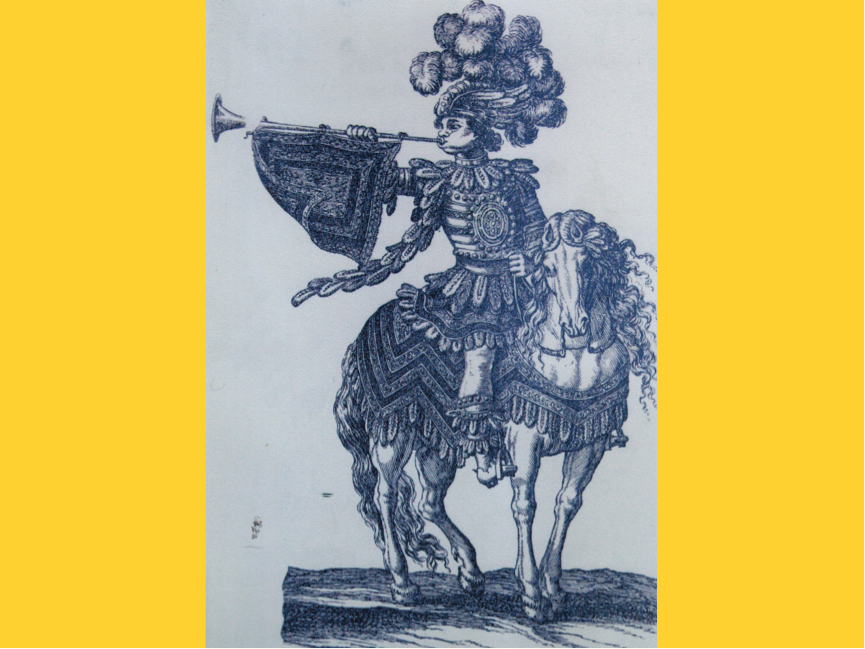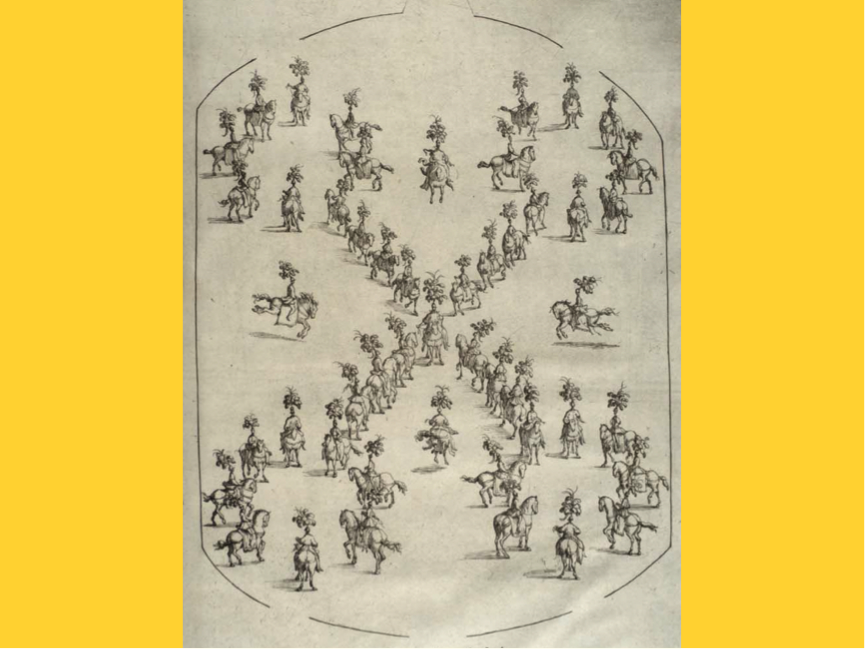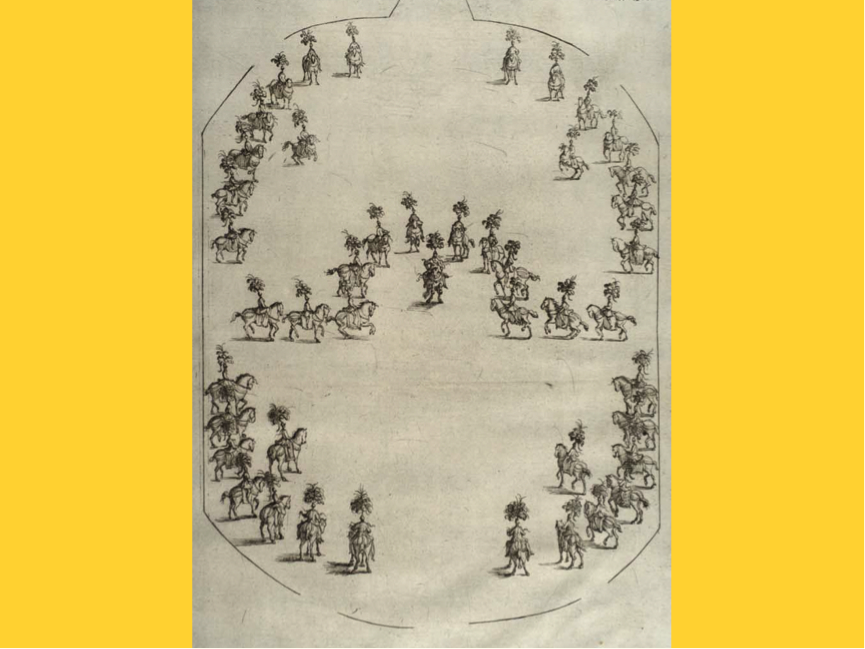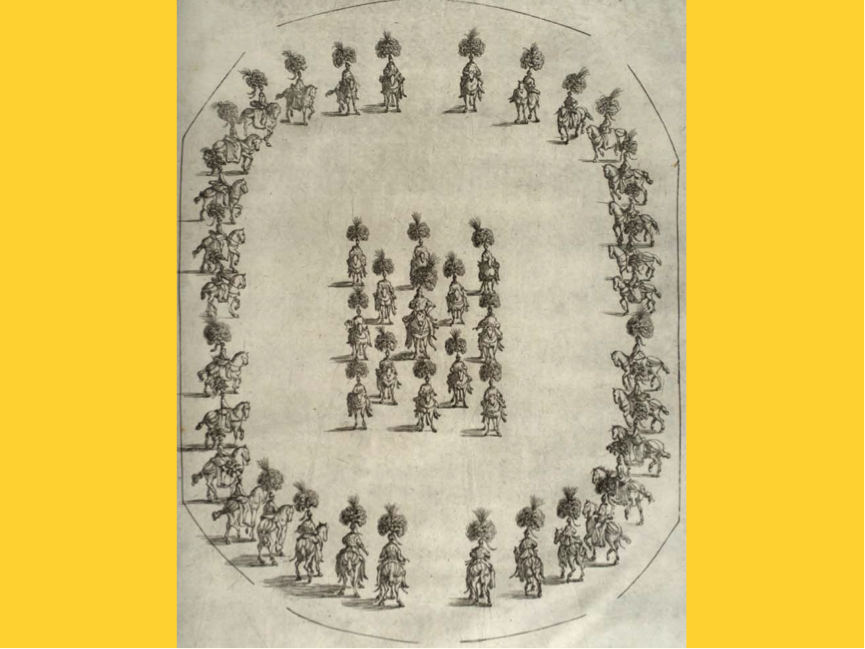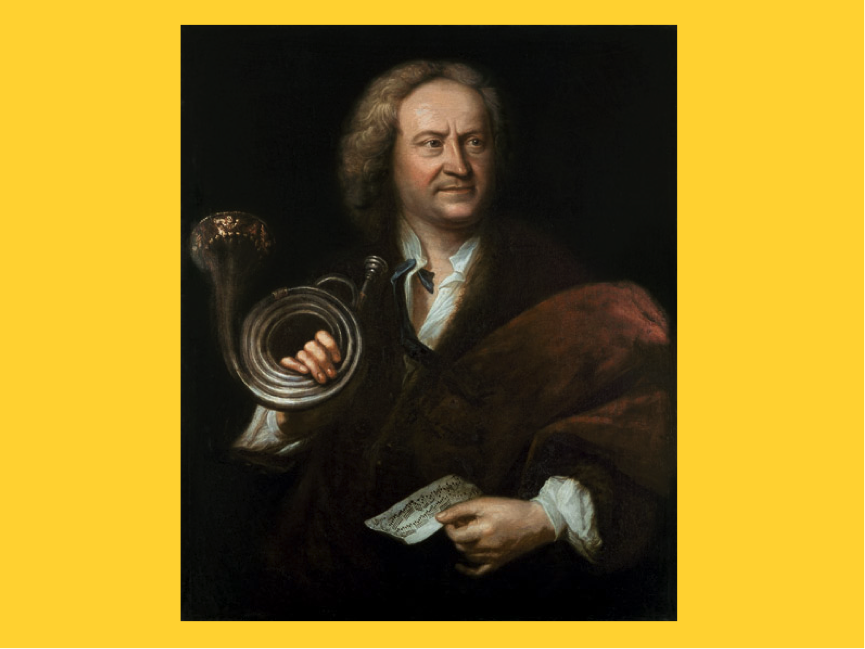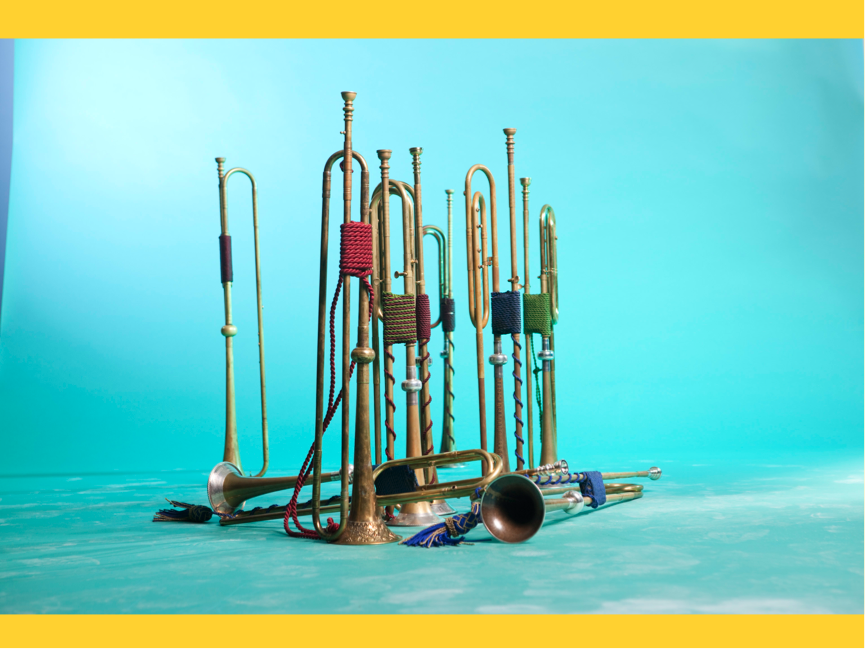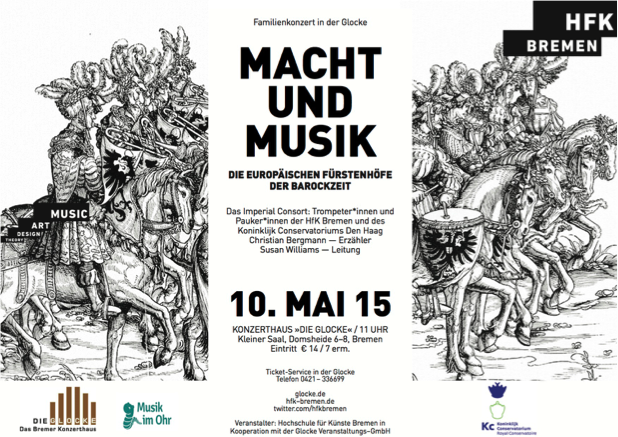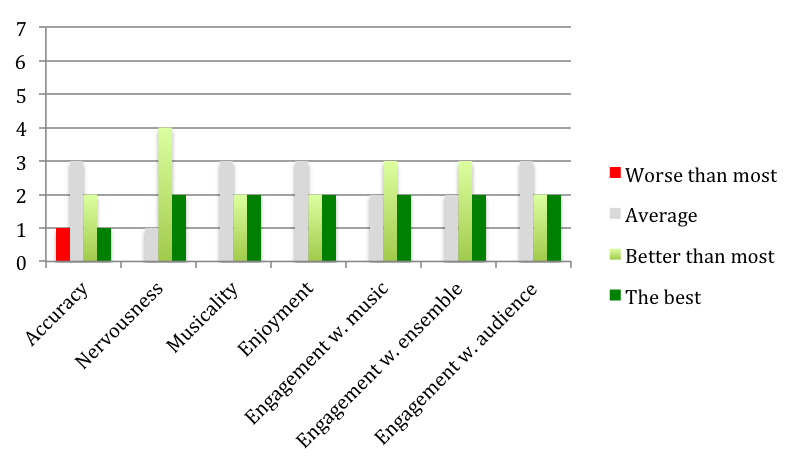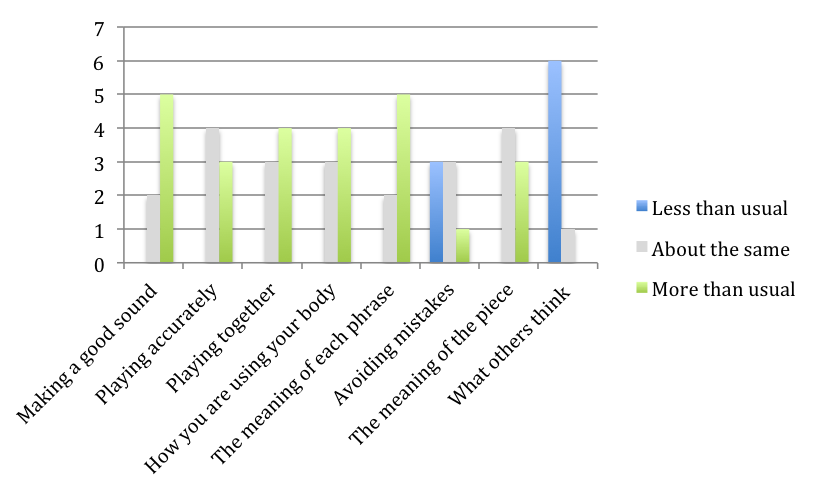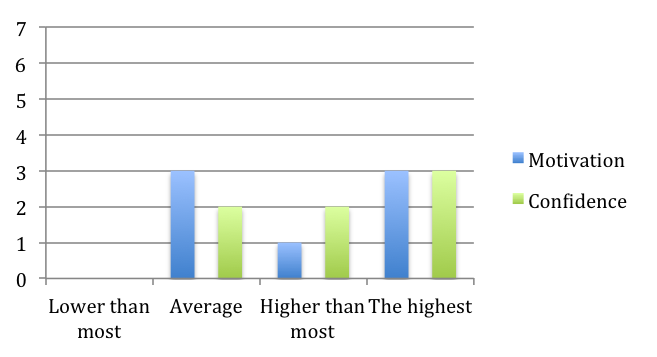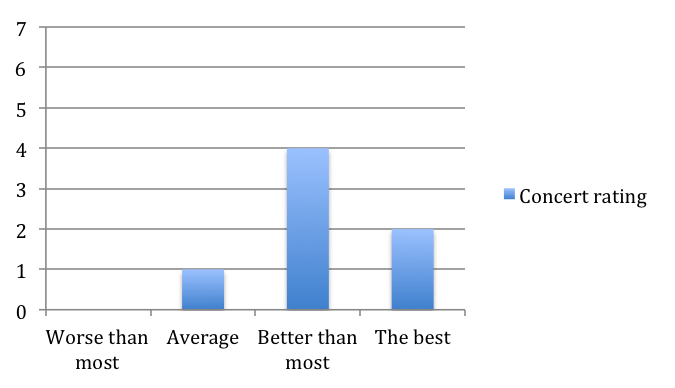Project One was the first step in the research process exploring how external focus affects the learning and performance of musicians by investigating the effects of external focus on learning. The second step deals with using external focus to prepare and perform an ensemble performance using the same participants as in the first project. Therefore not only concert preparation and performance was addressed but also playing and working in a group.
The second project was an inquiry into the subjective performance experience of the participants as a result of using external focus to prepare for the concert as well as during performing. The first research question for Project Two was: [RQ 4] How did preparing a project using external focus affect the participants’ learning and performance experience? The dependent variables for Project Two were motivation, confidence, ability to play accurately and musically, nervousness, enjoyment, engagement (with the music and/or the ensemble) and focus during performance and ensemble playing (see Figure 4.1). Measurements of all of the above variables were carried out using self-rating.
A second research question inquired whether the participants continued to use APT (which was introduced in Project One and also used in Project Two) after the experimental phase in which all seven trumpeters participated (i.e. at the end of Project Two): [RQ 5] To what extent did the participants continue to use APT after Project Two?
The hypothesis for Project Two (related to RQ 4) was that the experience of focussing externally during the preparation and performance would result in a positive learning and concert experience for the participants (i.e. more than usual for this type of concert project), with a lower than usual experience of nervousness. Positive learning and performance experiences are beneficial for general skill development and external focus can contribute to a reduction of self-focus and anxiety (see Wulf and Lewthwaite’s OPTIMAL Theory, discussed in Chapter 1). Project Two was designed so that the performers/participants could have a high degree of task focus.
The artistic project was designed not only to explore the effects of using external focus during performance preparation and during performance, but also to bring concepts related to external focus into the approach and design of the artistic presentation itself. For instance, in the concept of the concert program the emphasis was not on the playing or the repertoire, but on what they represented. A detailed description of the artistic project and the external focus concepts embedded in it is presented in the next section.
Description of the Project
Macht und Musik was a program featuring the natural trumpet – its music and its function in the baroque courts of Europe. Power in the royal and ecclesiastical courts was often reflected by the size, virtuosity and splendour of their musical ensembles, in particular the trumpet consort. Music was written for trumpets for ceremonial purposes and for festive occasions. The trumpeter during this period had a higher status than other instrumentalists and was controlled and protected by a very powerful guild.
The consort in this project consisted of the same seven natural trumpet players who participated in Project One, as well as the researcher herself, a trombonist, a timpanist and a lute (theorbo) player. There were many aspects of the preparation and performance in which the participants took part and were given autonomy (as recommended in the OPTIMAL theory): researching historical details, writing a script together with the actor/narrator, taking turns in coaching the rehearsals, and designing and carrying out a pedagogical element that involved interacting with children from the audience (e.g. demonstrating the natural trumpet and explaining the historical context). The idea behind the design of the project was that the participants (trumpeters) would be focussing on conveying meaning and communicating a “message” rather than on technical perfection and internal focus (controlling the body’s movements during playing).
6. Empirical Project Two: The Effects of Using External Focus in Preparing a Trumpet Ensemble Project
Below: The slides used for the performance "Macht und Musik" illustrating the life of a trumpeter on a tour through the courts of baroque Europe.
Method
Participants
The participants consisted of eight trumpeters – the same seven trumpet players that participated in Project One (see Table 5.1 for participant demographics and details) plus the researcher herself, as well as a timpanist (masters student from the Royal Conservatoire The Hague), a trombonist (third year bachelor student from the University of the Arts, Bremen), a lute player (fourth-year bachelor student from the University of the Arts, Bremen), and a (professional) narrator/actor from the bremer shakespeare company. Data were collected only from the trumpeters.
Apparatus, Materials and Measures
Recordings
Parts of the group rehearsals and the whole concert were video recorded by filmmaker Daniel Brüggen, using professional filming equipment (These recordings were made for documentation and not part of data collection).
Repertoire
The criteria for selecting the pieces for the concert included that the pieces represent the theme of the concert: consort music from different European baroque courts. In addition, it was important to include a combination of easy and challenging parts, to fit the differing expertise levels within the group. In order that all the participants could feel engaged and not stressed or bored, careful consideration was needed in delegating the parts. A list of the pieces and (narrator) texts used for the project can be found in Appendix T.
Instructions
Practice Instructions and APT
In order to ensure the participants prepared their own part using APT, and to have a broader context and understanding of the music by playing the other parts, each participant was supplied with all of the parts for each piece in the program and asked to prepare their own part, as well as (at least) some of the other parts using APT. They were supplied with practice log sheets and a reminder of how to practice with APT (see Appendix H). APT was used both as an individual practice tool and also in the rehearsals (the amount of practice time was left up to the participant).
Measurements Used for Data Collection
Post-performance Survey
After the performance, the participants were sent an online survey via SurveyMonkey, which asked about their experience and assessment of the performance. The survey was conducted seven days after the performance and was anonymous, in order to ensure that the subjects would be less biased to give socially desirable answers. The first three questions addressed the dependent variables, and the participants were first asked to rate the concert performance against similar concerts played in the past year – to see if they found it worse, the same, better, or the best.
The second and third questions also asked them to compare their reactions directly before the performance, as well as their actual concert experience, with previous similar concerts (motivation and confidence). These questions addressed the other dependent variables (accuracy, nervousness whilst playing, ability to play musically, enjoyment, engagement with the music, engagement with the ensemble, and engagement with the audience). Asking the participants to make a comparison with previous similar performances was a subjective way to compensate for not having a control for the experimental manipulation (see Appendix O to view the survey questions).
Post-project Interview
Five weeks after the project, each participant underwent a semi-scripted interview, all of which were (audio) recorded. The interview had multiple purposes: to check the efficiency of the research design (i.e. if it worked), and also to gather more (qualitative) data in order to answer RQ 4 (effects on participants' learning and performance) and RQ 5 concerning the participants’ continued use of APT. A brief explanation of the eight questions follows.
The first interview question – What do you find challenging about performing on the natural trumpet? – was designed to check if the assumptions of the researcher about the difficulties of natural trumpet playing corresponded with the participants’ own perceptions, as well as whether their own perceptions had changed since before the interventions (they were asked this question at the beginning of Project One).
The other questions asked the participants how they experienced Project Two, how they experienced using APT, and whether they still continued to use it. The last two questions were designed to see if the participants’ learning and concert preparation strategies had changed as a result of the interventions, and what they had learned in general (the interview questions and the rational for each can be found in Appendix P).
Procedure
The seven trumpet players (participants) were sent the repertoire for the project and instructed to practice it for ten days (see practice instructions: Appendix M and practice log sheets: Appendix N). This was followed by a four-day rehearsal period together with the rest of the ensemble – the eighth trumpeter (the researcher herself), timpanist, trombonist, theorbo player and actor. The group was coached by the researcher, using techniques and methods based on external focus. The concert took place at Die Glocke in Bremen on May 10th 2015. Seven days after the concert the participants were asked to fill out a survey (anonymously). Five weeks after the project, each participant was interviewed.
Data Analysis
RQ 4 (How did preparing a project using external focus affect the participants’ learning and performance experience?) concerned the performers’ own ratings of motivation, confidence, accuracy and musicality, nervousness, engagement and focus. The data were collected via the post-performance survey, and combined with qualitative results from the post-project interview. The first three questions of the survey were designed so that the participants compared their experiences of the project with similar concerts they had performed in during the previous year – this was to compensate for the fact that there was no control condition for this project. RQ 5 (To what extent did the participants continue to use APT after the experimental phase?) was addressed by question 6 in the interview.
The interviews were recorded and transcribed, and the answers to each question were collated and analysed using a global coding method (Frick, 2011) that looked for emerging themes. The data were then examined to see to what extent they addressed both research questions for Project Two, as well as the main research question for this study. Due to the small sample size (seven), statistical analyses of these findings of the quantitative findings are not useful. The results are summarised in the next section (for details on the transcripts and coding methods see Appendix Q).
Table 6.1. Themes Arising from Question 2 –
“What did you notice in your recent performances (Macht und Musik and performances since then) and how would you prepare for the next ones?”
Learning and Performance [RQ 4]
Results related to the dependent variables connected with RQ 4 are divided into two parts: a) learning experience; and b) performance experience.
a) Learning Experience
Results concerning what the participants learned from doing the projects were obtained from the analysis of questions 2, 5, 7, and 8 of the post-project interview (all seven participants were interviewed). They are described below and illustrated in Tables 6.1 - 6.4.
Several main themes emerged from the analysis:
1. Most of the participants were aware of using external focus in some way, and some reported that it affected their ability to be clearer about their musical intention: e.g. “I really know whilst I’m playing, what it stands for”.
2. Players’ experience included a feeling of more control, better concentration, enjoyment and more awareness of the musical context.
3. Players expressed their beliefs about what they thought was important or effective about some of the practice elements (see examples in the third catagory in Table 6.1).
4. Six of the seven participants showed evidence of developing new strategies for practicing and/or showed intention to use, or develop their use of, an external focus approach in the future: e.g. “this audiation method really worked for me – this dancing and this singing and this playing around with the music so really – do this even more extreme in my practice room and also play for and in front of people and to apply this also to the stage”.
Themes that emerged from the answers to question 5 include:
- General learning experience. All but one of the participants reported that they learned something – especially about concert preparation and ensemble playing.
- A few (three) participants mentioned specific elements that helped (see examples in the second catagory in Table 6.2).
- Four participants reported how it felt and their engagement (e.g. “I felt more aware of the whole thing”; “I felt so comfortable … and confident”).
- Six of the seven participants made positive assessments of the project: e.g. “The amazing range of possibilities you have for playing a specific phrase that you not just use the first idea that comes in your head, but explore the others and maybe see what’s best. And also – really how to prepare for a concert … for a higher quality than I’m used to”.
|
Q5: THEMES |
Total participants |
|
Learning experience |
|
|
Learned a lot/positive |
4 |
|
Different than normal |
4 |
|
How to improve ensemble playing |
4 |
|
How to prepare a concert |
4 |
|
More musical ideas |
2 |
|
Learned nothing |
1 |
|
|
|
|
Noticed specific things that help |
|
|
Sense of more possibilities because of explorative practice |
2 |
|
Playing the other parts helped |
2 |
|
Using external focus tools was effective |
1 |
|
Playing only fragments helps |
1 |
|
Gesturing and variations help |
1 |
|
|
|
|
How it felt |
|
|
Deeper & more intensive than usual |
2 |
|
Total engagement |
1 |
|
Felt more comfortable and confident: more self-efficacy |
1 |
|
|
|
|
Assessment of the result |
|
|
Effectiveness |
5 |
|
Better ensemble playing |
4 |
|
Efficiency |
2 |
|
Played better than usual |
2 |
|
Musical/more sense of what the music is about |
2 |
|
Q 2: THEMES |
Total Participants (Maximum = 6) |
|
External focus |
|
|
Used APT |
4 |
|
External focus/audiation/moving the listener |
2 |
|
More clarity about what one wants (goals) |
2 |
|
Knowing better what the music stands for |
1 |
|
Importance of being part of a whole |
1 |
|
Experience of/effect on the player |
|
|
More intention and concentration/engagement |
4 |
|
Belief in effectiveness/improved ease and control |
3 |
|
Enjoyment |
2 |
|
More awareness of the other parts/players/score |
2 |
|
Improved musicality |
1 |
|
|
|
|
Importance of practice elements |
|
|
Explorative practice |
3 |
|
Belief that variations are effective |
2 |
|
Anticipation is important & effective |
2 |
|
Studying the other parts is useful |
1 |
|
Exaggeration is important |
1 |
|
|
|
|
Strategies & approach |
|
|
Developing more strategies for practicing/importance of being out of the comfort zone/doing things differently |
5 |
|
Intention to use and improve the approach in the future |
4 |
Most of the participants reported that their former methods of practice were focussed on repetition. There was some evidence of use of external focus – mostly inner hearing and singing. Several (three) participants noted that they did not trust their (old) way of practicing (see Table 6.3).
The impact of Projects One and Two on the participants was addressed in question 8. The responses are displayed here in two categories:
- All of the participants reported a positive change resulting from their experiences in the project – for instance, in learning: “Yeah, I use it (APT) more than before, and I knew that it helped, but I found out that I have to do it more because I really feel that it helps me more. In a shorter time, you get more results”; motor control: “I practiced it in one session and then the next day – it was still there”; ability to focus more on the music and confidence.
- Insights from some of the participants showed additional evidence of an enhanced awareness of the learning process and how it affects them: e.g. “I think it’s become more ‘more dimensional’. Definitely. And I also recognise that at a certain point it’s more important – for me at least – the gesture or the content of the music is more important than just playing the passage”.
|
Q8: THEMES |
Total participants |
|
1. Changes & Improvements |
|
|
Positive change |
7 |
|
I am learning better |
4 |
|
Motor movements feel more secure: Strong retention: the body ‘knows it’/‘muscle memory’ |
4 |
|
Quicker result |
3 |
|
Focus more on the music |
3 |
|
Better result |
2 |
|
Practice is more exploratory |
2 |
|
Gesturing helps to communicate |
2 |
|
Playing is easier, more comfortable, secure |
2 |
|
More confidence |
2 |
|
Less concerned with minor errors. Able to stay in the music |
1 |
|
Less distraction |
1 |
|
More use of APT |
1 |
|
More exaggeration |
1 |
|
|
|
|
2. Insights |
|
|
More enjoyable |
2 |
|
Deeper experience during playing |
2 |
|
More connection to the audience |
2 |
|
More awareness/focus on the process |
1 |
|
Gesture and musical content has become more important than the notes and physical (internal) focus |
1 |
All of the participants reported exeriencing a positive change in their approach to music-making, and many reported new insights into learning and practice as well as motivation to develop their strategies. There was evidence of more awareness in general – of what works and what doesn’t work, of how it feels to play (physical and/or emotional), and of connectivity (to the music, the ensemble and the audience). The results confirm the hypothesis that the participants would experience a more positive learning experience than usual (compared to similar ensemble projects in the past year).
b) Performance Experience
All seven participants responded to the post-performance survey (anonymously). The results from the survey are described below and illustrated in Figures 6.3 – 6.6 and in Table 6.5.
Motivation and confidence
The participants’ pre-performance feeling of motivation and confidence was reported as either average or higher than in comparable concerts in the past year. Both (and in particular confidence) scored highly (see Figure 6.3).
Figure 6.5 shows how the seven participants’ focussed during the concert compared to their focus during similar concerts they played over the past year.
Project Two had a positive effect on the performance of all of the participants, but in different ways and to different degrees. In particular there was higher engagement with the music, the ensemble and the audience than usual, and lower levels of nervousness. The results support the hypotheses for Project Two: i.e. that external focus during preparation and performance would have a positive benefit for the participants’ learning and performance.
Results Related to the Use of APT [RQ 5]
Research question 5: To what extent did the participants continue to use APT after the experimental phase? was addressed by interview question 6. Answers revealed that most of the participants continued to use elements of the tool in every practice session. Only one reported not using the entire (whole) tool. The details can be seen in Table 6.5.
Table 6.5 and the answers to question 2 (What did you notice in your recent performances and how would you prepare for the next ones?) indicate that using APT had a strong impact on the participants, and that they all continued to use it to some extent.
Results
Results Related to the Experiment Design
Questions 1, 3 and 4 from the post-project interview were related to checking aspects of the experiment design. Answers to question 1 revealed that the participants’ own difficulties with mastering natural trumpet playing coincided largely with the researcher’s original assumptions: difficulties include accuracy (especially for large intervals or fast passages), high range and endurance. Answers to question 3 indicated that the participants were not busy with comparing the feeling of natural trumpet playing with their modern trumpet playing, thus eliminating a possible confounding influence. Question 4 – How often did you practice the concert material in the ten days preceding the concert and did you use APT? – was a safeguard to check whether the participants really practiced as requested. One participant reported practicing the concert material several times a day, three practiced it every day, two practiced it less than once a day, and one prepared the material by only using mental practice (imagining). Five of the seven participants reported using APT to prepare the concert pieces. Of the other two participants, one used mental practice only and the other did not practice the repertoire at all prior to the rehearsals – both reported they were busy with other projects and their parts were not very demanding. For full transcripts of the interviews, see Appendix P.
Table 6.4. Themes that Emerged from Question 8 –
“What has changed since we did these interventions? Have they brought any new perspectives on learning or performing or on performance preparation?”
Figure 6.3 shows the seven participants’ pre-performance motivation and confidence - two of the dependent variables for Project Two.
Overall Performance Experience
Figure 6.4 suggests that the participants’ perception of their own technical and musical ability varied and that they had mostly positive and enjoyable experiences. High engagement suggests that they were generally focussed on the task. Six participants reported that they were less nervous than usual.
Figure 6.4 shows the seven participants’ performance experience compared to similar concerts they played over the last year. The horizontal axis consists of dependent variables connected to RQ 4.
Focus
Figure 6.5 shows that the participants engaged in technical, internal and external focus during the concert. There was a marked decrease in focus on avoiding mistakes and thinking about what others think of them (self focus).
Figure 6.3 shows how the participants rated the concert in comparison with similar concerts that they played in over the last year.
|
|
Never |
Occasionally |
Every day |
Every session |
|
Whole tool |
1 |
3 |
1 |
2 |
|
Imagining |
0 |
1 |
2 |
4 |
|
Singing |
0 |
2 |
0 |
5 |
|
Gesturing |
0 |
3 |
1 |
3 |
|
Variations |
0 |
3 |
1 |
3 |
Table 6.3. Themes that Emerged from Question 7 –
“Before you did these two projects, what was your usual strategy for learning a new piece and how did you prepare concerts?”
Table 6.2. Themes that Emerged from Question 5 –
“What did you learn from this project (Macht und Musik)?”
|
Q7: THEMES |
Total participants |
|
Practice methods/strategies |
|
|
Repetition/playing through |
6 |
|
Playing slowly |
2 |
|
Varied practice |
2 |
|
Perfecting each note and transition |
1 |
|
Random practice for difficult intervals |
1 |
|
Train endurance |
1 |
|
Focus on balance and rest |
1 |
|
External focus methods/strategies |
|
|
Singing |
3 |
|
Inner hearing/mental practice |
2 |
|
Gesturing |
1 |
|
Listen to recordings of others |
1 |
|
Focus on music |
1 |
|
Imagine a story |
1 |
|
|
|
|
Assessment of own methods |
|
|
Not efficient/effective |
3 |
|
Hope/trust the practice worked |
1 |
This short documentary illustrates how the some of the participants feel about thier instrument and describes and illustrates the performance, showing some musical and dramatic excerpts. Not shown here are the demonstrations of the natural trumpet and interaction with children from the audience. In the backround the slide show can be seen.
Discussion
How can an approach based on external focus for preparing an artistic project affect the outcome and the musicians themselves? Would the impact last – would they continue to use and develop their external focus practice? The effect of Project Two – a project using external focus on learning and performance experience of the participants – is summarised below.
Effects on Learning
The response from the participants indicated that they experienced a variety of learning benefits affecting motor control, confidence and self-efficacy as well as a deeper musical experience. Both inexperienced and experienced players benefitted. Benefits to learning and the approach to learning appear to have lasted also over time.
It was revealing that the participants’ practice methods before the project were restricted mostly to repetition and that several had little confidence in their own way of practicing. This seems to have changed during and after the project. There was evidence of more awareness, more reflection, more self-regulation and more motivation in the participants’ approach to practice. APT was a convincing tool for all participants as most continued to use it after the project.
Most participants reported that after the projects they developed the way they practiced and continued to consciously use external focus (RQ 5).
Effects on Performance Experience
Results from the survey and interview show mostly positive or neutral effects on the participants’ performance experience. In particular the experience of confidence, connection with the ensemble and less self-focus (less nervousness) and more task focus was evident.
In conclusion, all of the dependent variables for Project Two – motivation, confidence, ability, nervousness, enjoyment, engagement and focus during performance – were to some extent positively affected according to participants' self-report. It was significant that the participants suffered less than usual from performance anxiety – this is coupled with their reports of less self-focus and less focus on not making mistakes. Another significant outcome was that there was more connectivity reported – between the participants and the music, the rest of the ensemble and the audience. None of the results suggests that any of the participants were negatively affected.
Limitations, Problems and Potential Biases for Project Two
The participants were all students of the researcher, who no doubt wanted to give me positive feedback. In spite of this the answers they gave in the survey (which was anonymous) and in the interview appear to be candid and honest. The lack of a control condition was in part compensated for in the design of the survey, asking participants to compare their experiences with their ‘usual’ concert preparation and performance experiences. As it was not possible to assess actual accuracy in the group context of Project Two, the emphasis was on subjective experience.
The outcomes of Project Two suggest that basing practice, performance preparation and focus during performance on external focus can have positive results on the musicians and on the performance. The next steps in a further exploration into the effects of external focus on musicians is to involve a mixed ensemble – i.e. not only trumpeters – and also to develop further design elements for a project to create an immersive learning environment based on external focus.
References for PART II: Chapters 4–7
Bandura, A. (1997). Self-efficacy: The exercise of control. New York: Freeman.
Duke, R., Cash, C. & Allen, S. (2011). Focus of attention affects performance of motor skills in music. Journal of Research in Music Education, 59(1), 44–55.
Dweck, C. (2000). Self-theories: Their role in motivation, personality, and development (Essays in social psychology). Philadelphia: Psychology Press.
Dweck, C. (2008). Mindset: The new psychology of success. New York: Ballantine Books.
Frick, U. (2011). An Introduction to qualitative research. London: Sage.
Gordon, E. (2001). Preparatory audiation, audiation, and music learning theory. Chicago, USA: GIA Publications.
Guss-West, C., & Wulf, G. (2016). Attentional focus in classical ballet: A survey of professional dancers. Journal of Dance Medicine and Science, 20, 23–29.
Keller, P. (2012). Mental imagery in music performance: underlying mechanisms and potential benefits. Annals of the New York Academy of Sciences. ISSN 0077-8923.
Pascua, L., Wulf, G., & Lewethwaite, R. (2015). Additive benefits of external focus and enhanced performance expectancy for motor learning. Journal of Sports Sciences, 33(1), 58–66.
Ripa, C. (1603). Overo Descrittione Di Diverse Imagini cauate dall’antichità, & di Propria inuentione. Rome.
Ritchie, L. & Williamon, A. (2010). Measuring distinct types of musical self-efficacy. Psychology of Music, 39(3), 328–344.
Schmidt, R., & Lee, T. (2012). Principles of practice for learning motor skills: Some implications for practice and instruction in music. In A. Mornell (Ed.), Art in Motion II (pp. 17–51). Frankfurt am Main: Peter Lang.
Trusheim, W. (1991). Audiation and mental imagery: Implications for Artistic Performance. The Quarterly, 2(1–2), 138–147.
Wulf, G. (2013). Attentional focus and motor learning: a review of 15 years. International review of Sport and Exercise Psychology, 6(1), 77–104.
Wulf, G., & Lewthwaite, R. (2016). Optimizing performance through intrinsic motivation and attention for learning: The OPTIMAL theory of motor learning. Psychonomic Bulletin & Review.
